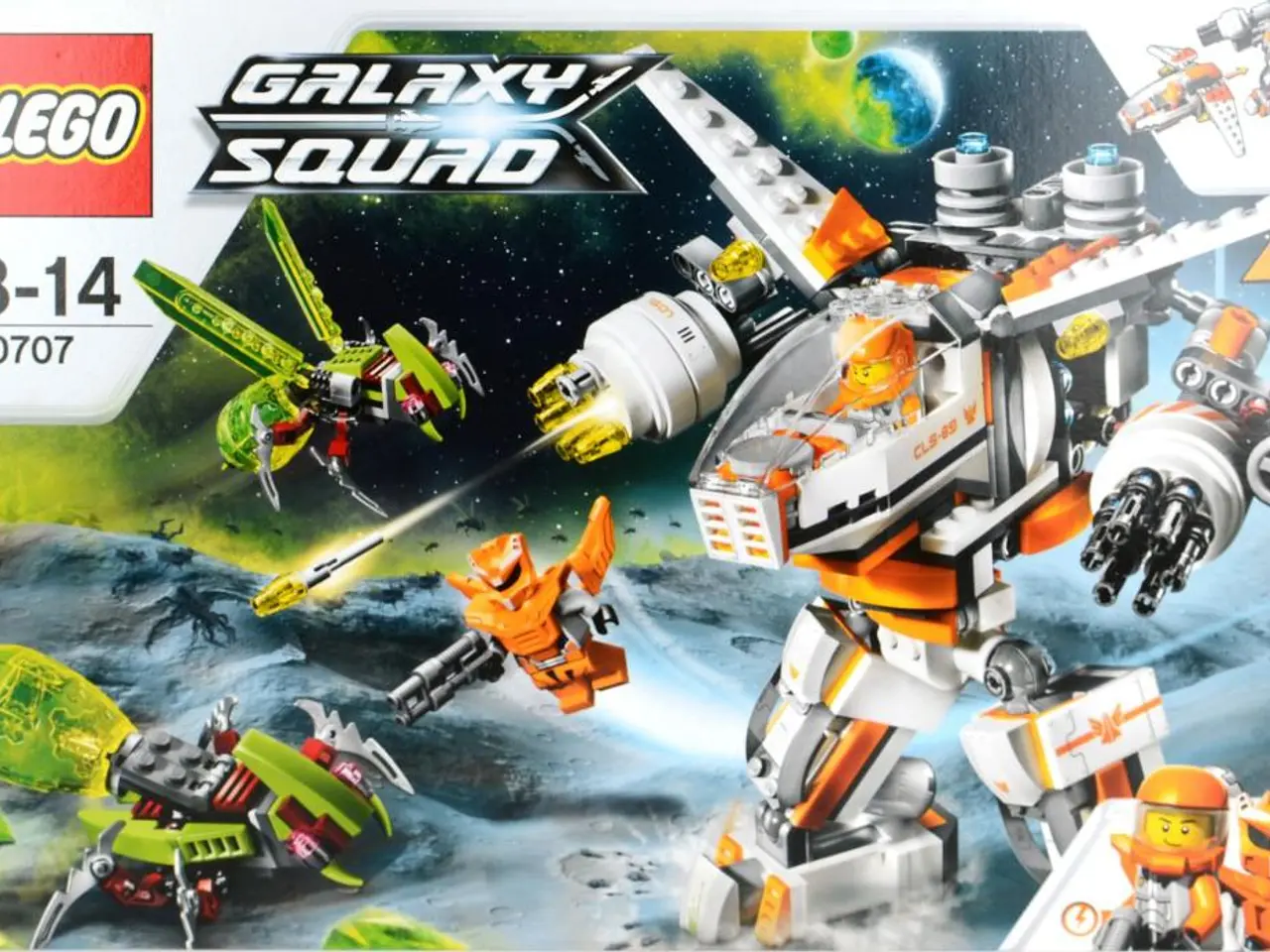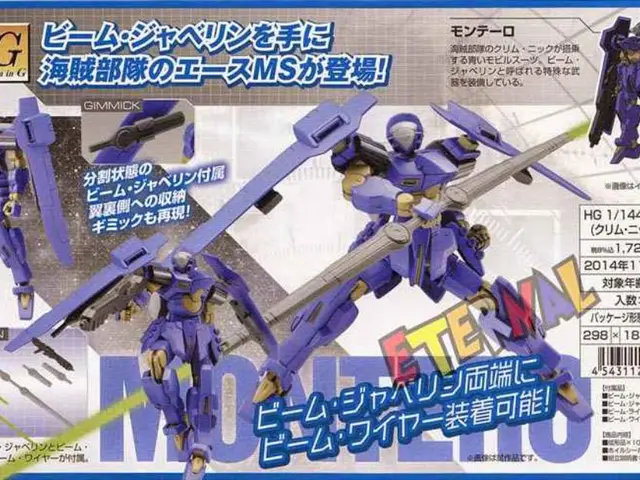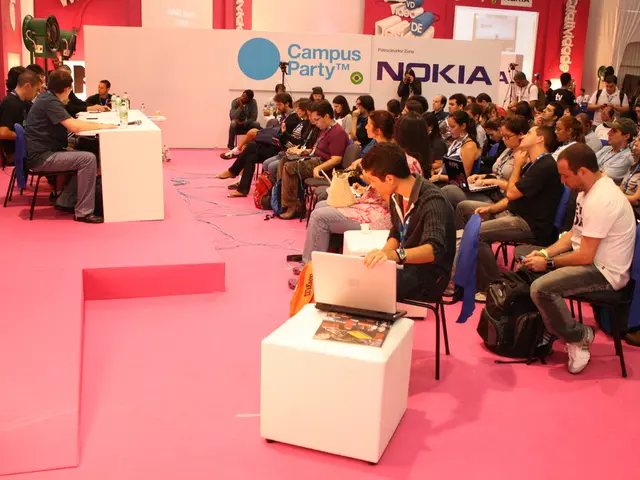Tesla enhances Optimus for advanced capabilities during forthcoming production halt, according to a report.
In a significant development, Tesla's Optimus humanoid robot program is currently undergoing a significant redesign, following a leadership change and a pause in production.
**Leadership Shakeup and Redesign**
The driving force behind this redesign is Ashok Elluswamy, Tesla's Senior Vice President of Autopilot and AI, who has taken over the Optimus division after the departure of Milan Kovac last month. Elluswamy, known for his work on Tesla's Full Self-Driving initiative, is focusing on addressing performance and hardware flaws before resuming production, signalling a substantial overhaul. This pause and redesign make the original 2025 production target unlikely to be met.
**Production and Scaling Plans**
Earlier plans for 2025 included manufacturing around 5,000 units, with nearly 1,000 robots built and components sourced for about 1,200 by late May. However, with procurement now halted, mass production has been delayed. Despite this, Tesla has been deploying over 100 Optimus units in its factories and plans to transition from R&D to real-world applications, with a pilot production line expected at the Fremont factory by the end of 2025. A premium Gen 3 model is planned for November 2025, boasting 100 times the speed and 1,000 homemaker skills compared to Gen 2.
**Human-Robot Interface and Grok AI**
Tesla is integrating XAI’s Grok voice assistant into Optimus, enhancing its communication abilities. This AI allows the robot to interact using multiple languages, adaptively learn from online videos, and customize responses to users’ preferences. The robot is designed to understand owners so well that explicit commands might often be unnecessary, creating a personalized and intuitive interaction. This integration also supports complex, context-aware tasks like navigating cluttered environments and customizing cleaning routines.
**Technological Highlights**
Optimus Gen 3 will use Tesla's custom AI4 chip, with plans to upgrade to the AI5 chip next year, improving environmental interaction. The robot features 2D camera vision, cloud-based collaborative AI learning where skills acquired by one robot are instantly shared across all units, and autonomous navigation capabilities, enabling it to handle unpredictable environments and maintain balance on uneven terrain.
In conclusion, Tesla’s Optimus program is undergoing a critical redesign under new leadership, delaying initial mass production targets but enhancing robot capabilities with advanced AI integration like Grok for an improved human-robot interface. Mass production on a larger scale is now expected to come after these refinements, potentially starting from late 2025 onward with pilot runs and premium Gen 3 model rollout.
It is important to note that no new information about the original plans to scale production to as many as 10,000 units annually has been provided. Additionally, the expected duration of the redesign and any potential impact on the broader rollout plans originally targeted for 2025 have not been disclosed. Once the redesign is finalized, Tesla is expected to resume procurement and announce a new mass production plan.
Artificial-intelligence integration, such as XAI’s Grok voice assistant, is being implemented into the redesigned Optimus humanoid robot, aiming to create a more personalized and intuitive human-robot interface. The overhaul also includes updates to the technology used, with the anticipation of utilizing Tesla's advanced AI4 and AI5 chips in optimizing environmental interaction.




